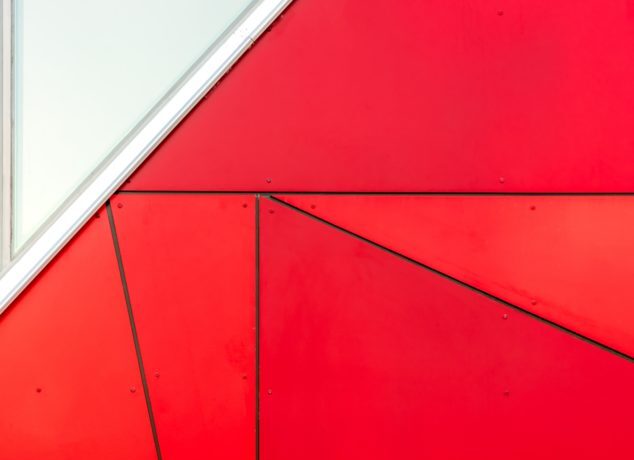So, you finally closed on your dream home after a long search. While your new abode is mostly perfect, it may take some tweaks and renovations to make it feel like your own.
If you’re looking for a way to transform the home’s exterior, consider installing some fresh cladding. The right material can help you create your ideal home style while preserving the house’s character.
This guide will break down some of the most popular cladding options on the market. By working with a professional cladding company, you can select the ideal material and complete a successful installation.
Composite
Composite cladding is a popular option for many homeowners, and it is often installed as an alternative to wood. Unlike natural wood cladding, composite does not rot or lose its color easily. You can also choose between a wide variety of colors to perfectly match your style.
This material is often affordable and easy to install, suiting a wide variety of home types. Long term, you can enjoy less maintenance with composite cladding. The installation company can provide essential repairs and make maintenance recommendations to keep this cladding in top condition.
Stone
This type of cladding is both elegant and historic, so homeowners will often opt for stone when preserving the antique qualities of a home. You can enjoy a more rustic look when installing stone cladding on your house, and you have several options when doing so.
When installing stone cladding, professionals will place a thin layer of either simulated or natural stone on the house. Natural stone is more of an investment, but it gives the home a completely authentic look.
However, many homeowners will opt for simulated stone, as it looks nearly identical to natural stone and is generally more affordable. Either option will keep your home protected from the elements.
Timber
Dreaming of a cabin in the forest? Timber cladding can instantly make your home more rustic and cozy. Most timber cladding includes either vertical or horizontal strips of wood. The strips are generally made of oak, cedar, or spruce. The cladding professionals will install the boards and coat them with a weather-proof coating to extend the lifespan.
One of the main benefits of timber cladding is that wood naturally insulates your home. Since it is both insulating and naturally sourced, this material is often the best option for environmentally conscious homeowners.
Tiles
Tile cladding can give your home a sleek yet traditional look. This type of cladding is also available in a variety of styles, so you can select a material that best suits your taste. Terracotta tiling will give your home a warmer style, while slate tile can look more smooth and rustic.
Tiles can be more of an investment, but they are highly durable and protect your home from the elements. If you aren’t sure which material is best for your needs, talk to a professional about which types might function well in your particular climate.
Brick
Few buildings are quite as classic as a brick house. To install brick cladding, contractors secure thin brick slices to a backing panel. They then apply mortar in between the strips to add authenticity.
These materials are generally lightweight, but they are excellent insulators and reinforce the existing exterior walls. Brick cladding lasts through harsh weather, so you likely won’t need to invest much time on maintenance.
The right cladding can transform the exterior of your home while adding both style and functionality. By carefully considering your options and working with an experienced installer, you can enjoy a home that is perfectly yours.







